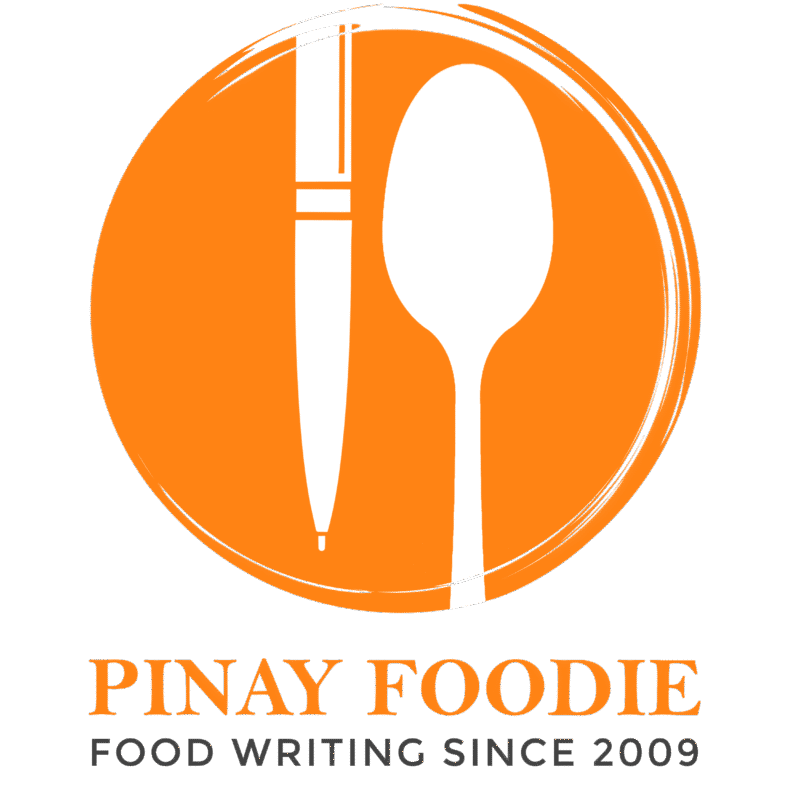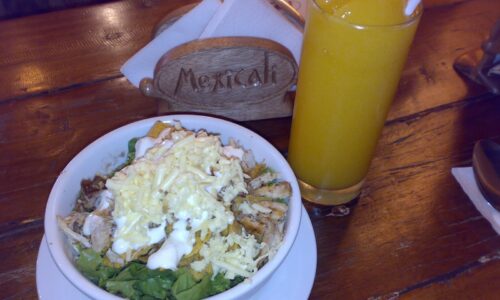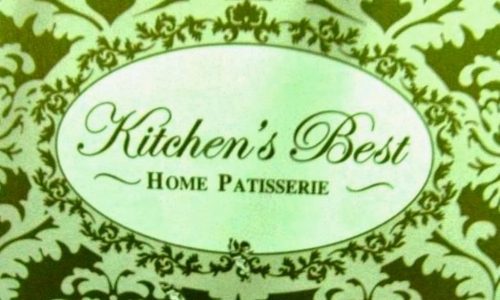
I first tasted these orange-crusted quail and chicken eggs when I was in college. An adventurous friend of mine, one who wouldn’t hesitate climbing a ten-foot wall brought me to one busy intersection in our neighborhood. “Let’s get some merienda” she suggested after finishing a TV movie. I agreed and tagged along. Surrounded by tricycle drivers, job seekers, construction workers with bowls of orange eggs in their hands, I marveled at the lady efficiently manning the stand. Unflustered by the gathering crowd, she dipped the boiled chicken and quail eggs in a thick batter laced with annatto powder. Slowly lowering it in the frantic oil, the battered eggs hissed as it cooked in the fire. When done, it was tapped dry and displayed to the delighted rumblings of the hungry.
I initially tried the orange hued chicken eggs locally called as tokneneng. It was placed inside a clear plastic bathed in vinegar and splinters of onions, garlic and chili. It was eerily good. The spiked vinegar soaked through the richness of the egg while the orange crust formed a delicious texture adding to the symphony of flavors in your mouth. Meanwhile, the battered quail eggs also called kwek kwek tasted just as good, its crusted batter tastefully complementing the egg’s smooth surface. Dipped in the same vinegar concoction, the kwek kwek is also a delight.
I love eating kwek kwek and tokneneng. I just wish I could muster enough willpower not to eat too much lest my world spins due to its high fat or cholesterol content. It may be simple cooking but I love it, most especially the fun and familiarity of eating in a hawker’s stand in the midst of people milling around, vendors haggling and brandishing their wares and the overall appeal that it is part of the bustling local scene, a part of your own culture. Sometimes, this feels better that eating in a subdued and airless fine dining restaurant with only a handful of people.


